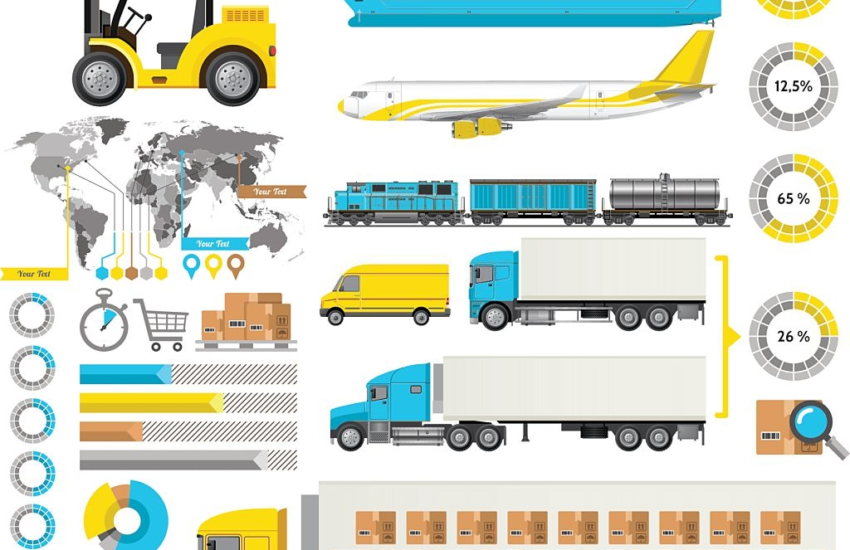Once you finalize your goods, you need to send it to the right party. You need to distribute the items to all of your recipients, either inland or off-shore. The shipping of the cargo in the container is a crucial step in the delivery of the products.
Shipping containers serve the need to transport your cargo to its destination. They are boxes of metal that are stacked neatly to avoid accidents or breakage. Due to the neat arrangement, they do not consume unnecessary space. The logistics service provider is the one who has the right equipment, expertise, and experience to deal with it. Your provider goes through a tedious task of getting some approvals, calculating the turn-around time of the itinerary, checking for weather updates and forecasts. They look after all the steps from the time dispatch is initiated until the time the delivery takes place. They identify which mode of transport suits your needs the best, whether it’s air, road or ocean freight transport that serves your purpose. Additionally, they can provide insurance coverage for your goods.
This process is complex and only dedicated, and trained professionals work on each step of the procedure. The complexity in logistics and availability varies depending on the freight service provider. Below we have simplified the task for you.
Prices are based on the following factors:
- Destination Charges. Distance is the most significant factor every freight service provider has to take into consideration. They plan the journey and calculate the cost for every part of the trip. Your service provider will notify you of the destination charges. Different types of destinations are listed below.
- Local container delivery: If you want to deliver your item locally i.e., within 100 miles, local delivery is the best bet.
- Within state delivery: If you want the delivery within a state but outside the 100 miles distance.
- Interstate delivery: National or interstate transportation is an option if you want to send something outside a state but within the country.
- International and transcontinental delivery: This type of transport gives you the option of sending your product outside the country to any other nation within or outside the continent. For this type of delivery, depending upon the location of the pick-up and delivery, your logistics service provider may need to choose ocean or air freight delivery. You may want to include packaging in shipping. If you select only shipping, then you’ll have to do the packaging yourself.
- Charges as per the size. If you prefer the regular 20 feet containers, then the cost would be standard. If you prefer 40 feet containers, then the cost would increase. If you choose a non-standard container such as a to refer or open box, then expect a higher price to deal with your unusual cargoes.
- Charges as per the route: Some shipping companies operate only in particular directions or on fixed lanes. Some companies operate, for example, from Europe to the USA. There are fewer companies that operate on other routes. If you choose a path on which not a lot of shipping companies have trade routes, then you may have to pay more because it involves complex logistics.
- Charges as per the time: As stated earlier, some shipping companies do not work on some routes. If you have to get the delivery on such a route, then you may be asked to wait for a longer time than usual. It depends upon how busy the shipping network is. If you want an earlier delivery, additional costs may be required.
When is payment due?
Some shipping companies demand payment beforehand. However, some companies do not ask you for the full fee in advance. In this case, you may only need to pay a deposit then give the rest upon the successful completion of the delivery.
